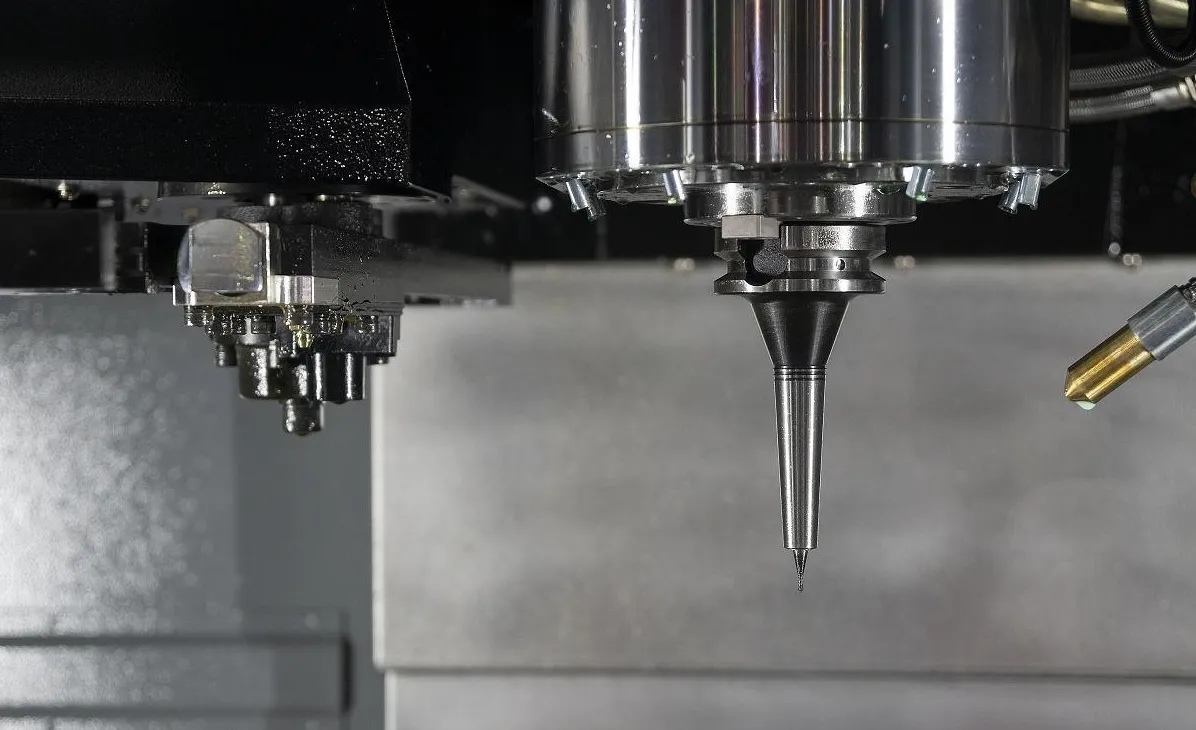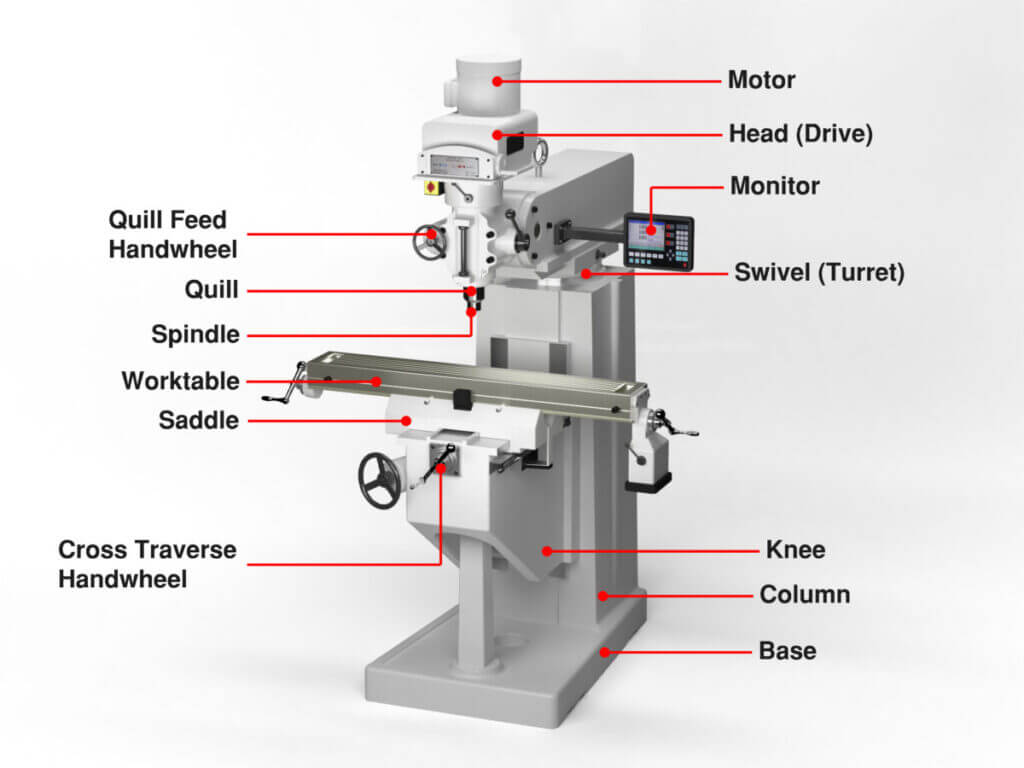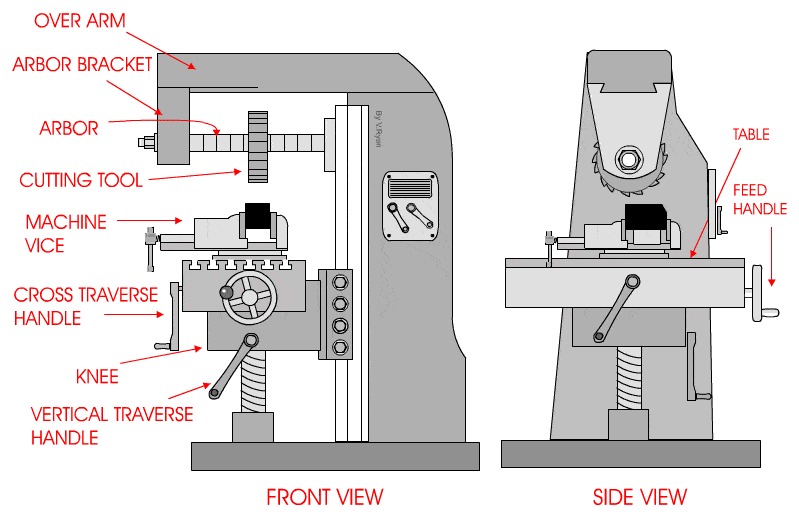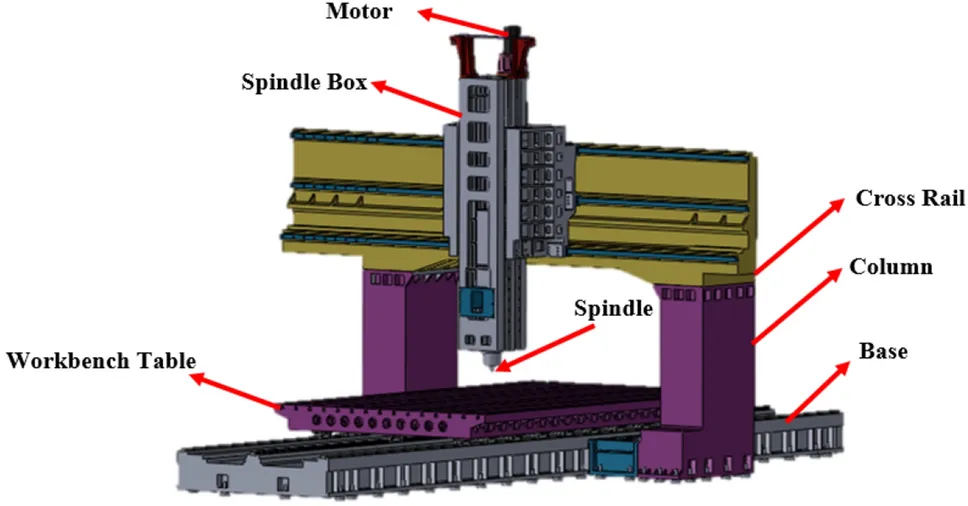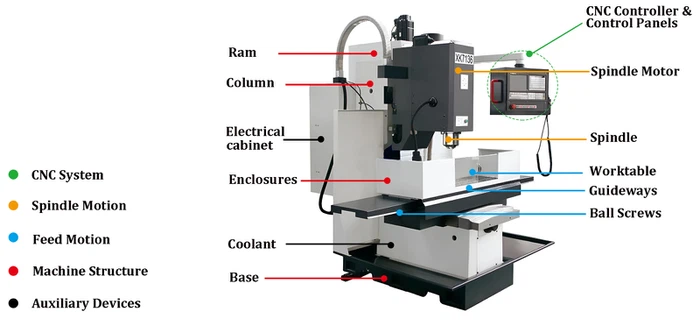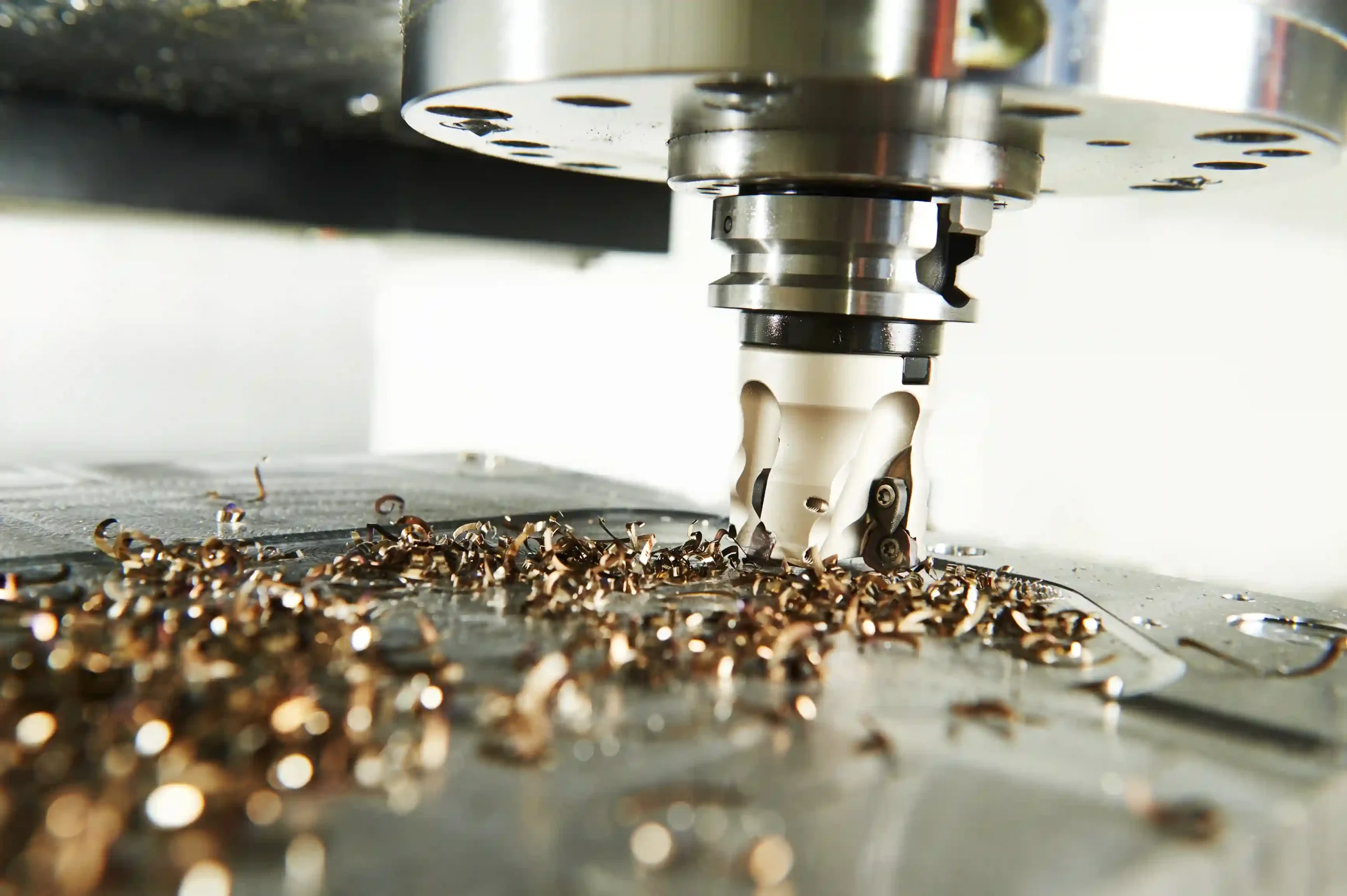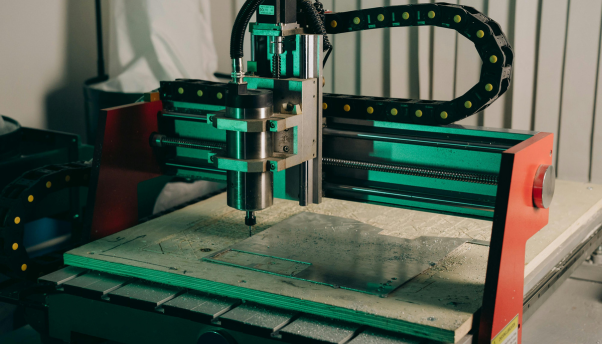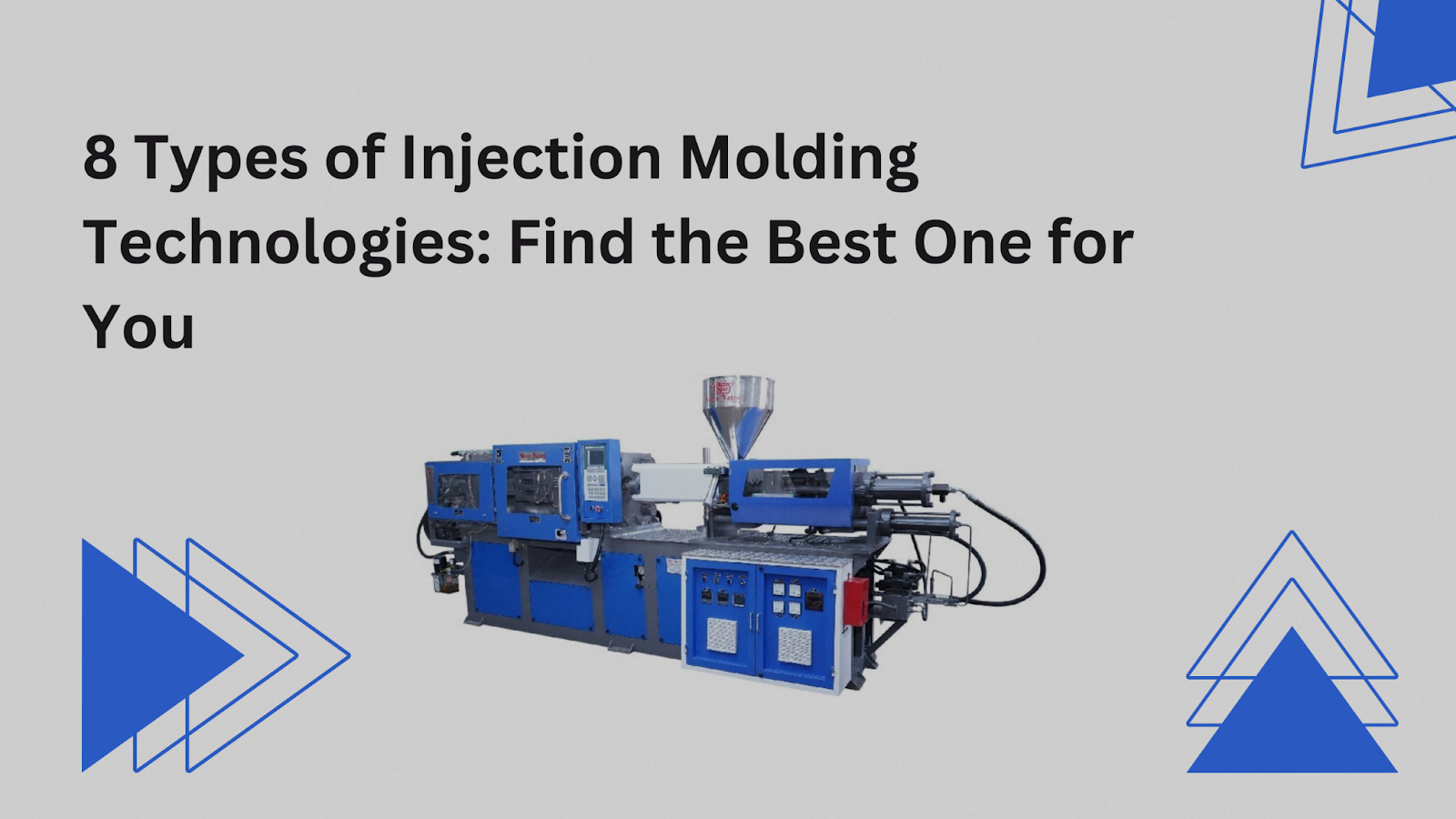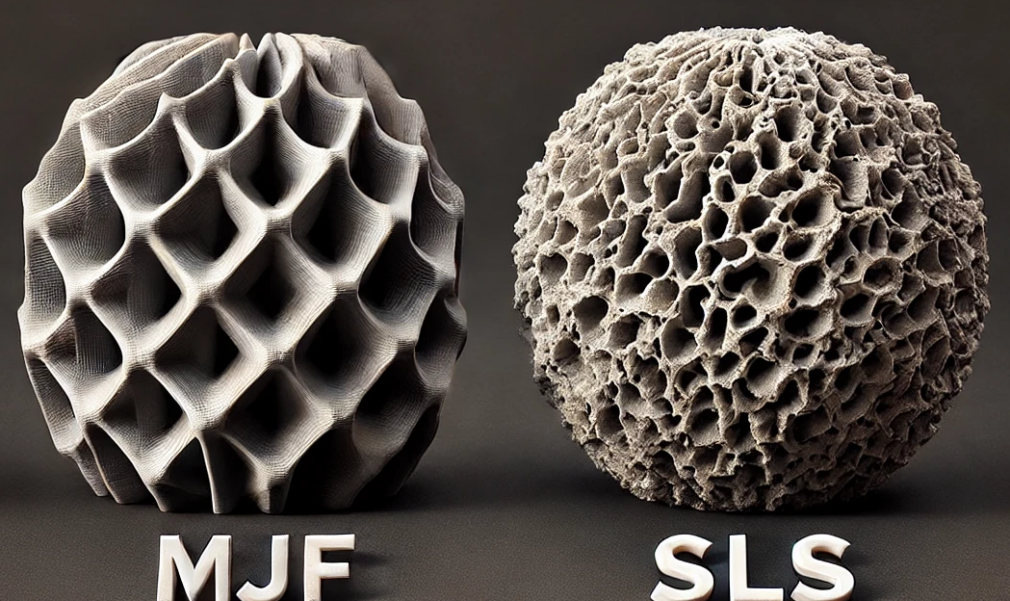CNC milling is a kind of reducing material processing technology, through the computer programming to control the movement of the tool trajectory and rotation speed in the need to be processed in the place of cutting processing to get the finished product. The products processed by this process have very high precision, so they have an indispensable position in aerospace, medical, automotive and other fields
What is CNC Milling Machining?
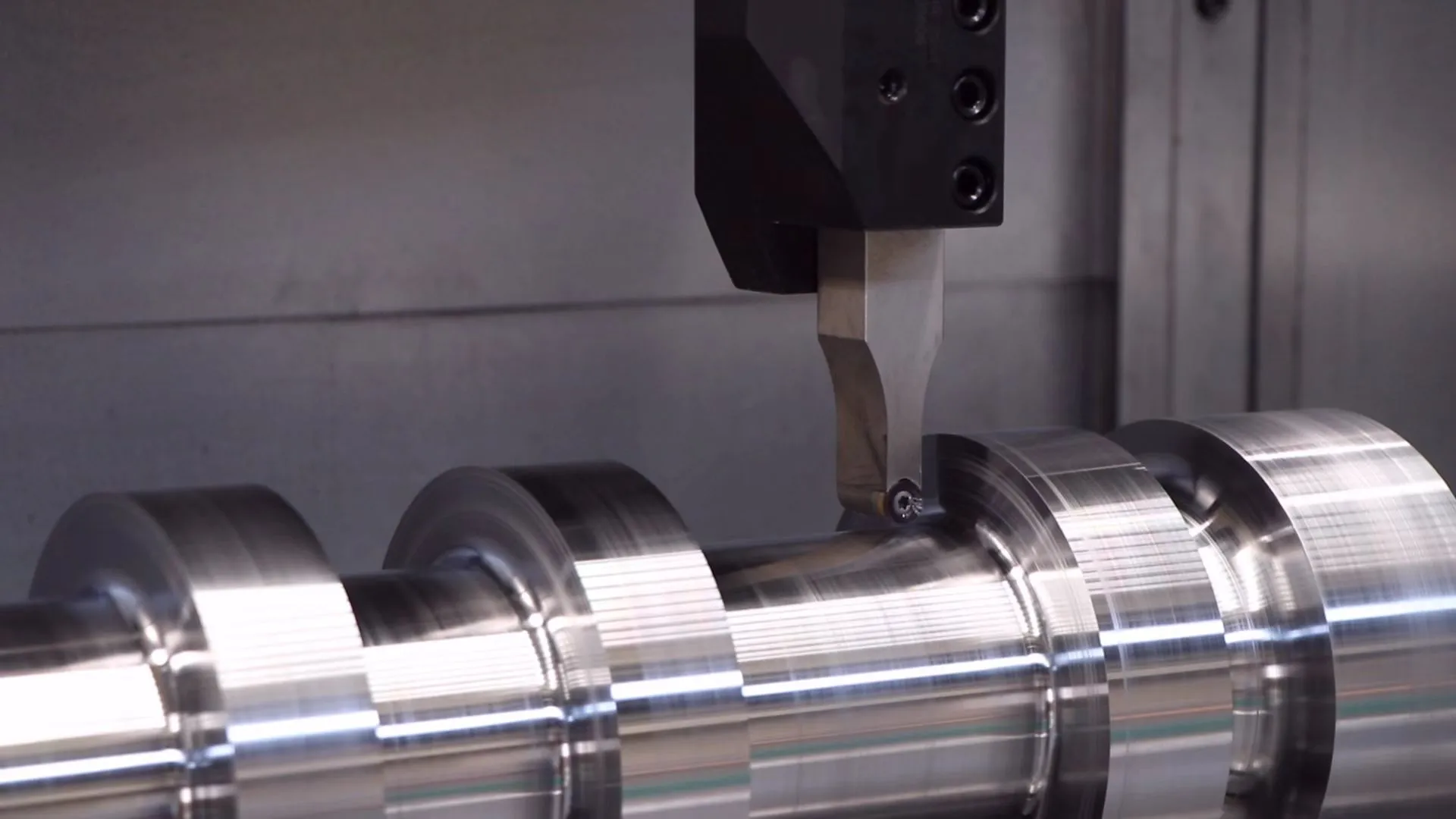
CNC milling is a modern milling process, which is based on numerical control technology, through the high-speed rotation of the milling cutter (precision is related to the rotation speed), the different parts of the workpiece surface are removed in turn, forming the required shape, and to achieve the production of various precision parts.
In the machining process, the milling cutter is sequentially processed on the surface of the workpiece according to the pre-set machining route, while the computer-aided design software can convert the complex three-dimensional model into a milling program to generate CNC commands to control the milling cutter to carry out precise milling operations.
History and Evolution of CNC Milling
The development of CNC milling can be traced back to the 1950s, when computer technology was widely used in industry.In the early 1960s, CNC milling machines were rapidly popularized in various industrial fields, and the range of applications has been expanding in the continuous updating and improvement.
Unlike traditional milling machines, it has functions such as automatic tool change and automatic side milling, which can accomplish high-precision and complex shape machining. The machining task can be completed automatically by simply controlling the machine tool through CNC programming. With the passage of time, the machine tool is getting faster and faster, with higher and higher precision, and is able to process more and more kinds of materials.
Parts of CNC Milling
To better understand the machining process, it is necessary to understand the parts used for CNC milling. Parts vary by milling machine manufacturer, type and capability. However, some parts are the foundation of every milling machine:
- Spindle: the arbor holds the cutting tool in place
- Control Panel: The operator uses this part to control the machine. This is where the computer interface is located
- Column: The column is the main frame and stand of the machine. It holds the other components in place
- Saddle: The saddle is fixed to the column of the machine. It supports the table.
- Table: The table is located on top of the saddle. This is where the operator places the workpiece and uses the workpiece holding device.
- Foundation: The foundation is what provides support for the entire machine on the floor.
How CNC Milling Works
1、Transition from design to digital
In the beginning stage of CNC milling, it is necessary to convert the designed drawings into G codes that can be recognized by the computer. This process is called CAM programming.
2、Code input and control system startup
Then, the operator enters the G code into the CNC system to start the machining process of the milling machine. At this point, the control system will translate the code into specific operational instructions.
3、Precise positioning: Coordinated movement of X, Y and Z axes
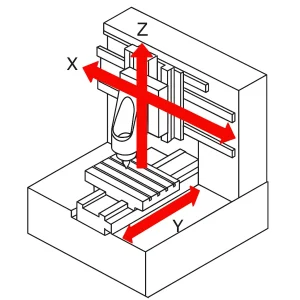
The cnc milling machine will move the three axes according to the instruction to precisely position the tool. Different tool paths and combinations can create complex 3D structures.
4、Perform milling processing
After the tool positioning is completed, the milling machine begins milling. The rotating milling cutter cuts the material in a preset path, gradually taking on the shape of the final product.
5、Comprehensively monitor the production process
In this process, the CNC system will automatically monitor a state of the machine tool, find and report any faults in time to ensure the smooth progress of production. At the same time, the data collected by the system provides strong support for improving and optimizing production.
Type of Milling Machine
Milling machine is a kind of widely used machine tool, mainly used for machining plane, groove, gear and other complex surface. According to different classification standards, milling machines can be divided into a variety of types, the following are common types and their characteristics:
Vertical Milling Machine
Features: The milling cutter moves longitudinally, and the workpiece is fixed on the workbench for processing.
Application Scenario: suitable for small and medium-sized workpiece plane, groove, gear and other processing.
Horizontal Milling Machine
Features: The milling cutter moves horizontally, and the workpiece is placed on the work table for processing.
Application Scenario: suitable for processing spiral grooves, complex parts and large workpieces.
Gantry Milling Machine
Features: with the structure of beam and column, the work table can be moved in a large space.
Application Scenario: mainly used for processing large workpieces, such as machine tool bed, box, etc.
CNC Milling Machine
Features: Adding computer numerical control system on the basis of traditional milling machine, to achieve high precision, high speed and high automation processing.
Application Scenario: suitable for complex surfaces, mass production and automatic processing.
Tool Milling Machine
Features : equipped with end milling head, universal Angle table and plug and other accessories, high processing accuracy.
Application Scenario : mainly used for mold and tool manufacturing and other high-precision operations.
Other types
- lifting table milling machine : including universal, horizontal and vertical, mainly used for small and medium-sized parts processing.
- instrument milling machine : small lifting table milling machine, used for machining instruments and other small parts.
- special milling machine : such as keyway milling machine, CAM milling machine, etc., designed for specific workpieces.
Each of these types has a unique structure and application scenarios, and users can choose the right type of milling machine for their specific machining needs.
Types of Materials and Properties
CNC milling can be done with a wide variety of materials, including metals, plastics, and composites. Each material has its own unique physical and chemical properties that are suitable for different machining needs:
Metallic materials: such as aluminum, steel, copper and iron, which have characteristics such as high strength and good corrosion resistance, and are suitable for manufacturing parts in aerospace, automotive and other sectors
Plastic materials: such as polypropylene (PP), polyvinyl chloride (PVC), polytetrafluoroethylene (PTFE), polyethylene (PE), etc., which have the advantages of light weight, corrosion resistance, insulation, low cost, etc., and are widely used in the fields of electronic products, household appliances, etc.
Composite materials: such as carbon fiber composites, glass fiber composites, etc., with light weight, high strength, corrosion resistance, etc., applicable to aerospace, automotive, sports equipment and other fields
Advantages of CNC Milling Machine
CNC milling, as an advanced machining technology, plays an increasingly important role in modern manufacturing. Below we will discuss in detail the several advantages of CNC milling.
1、High precision machining
Through the precise CNC system and advanced milling tools, it can realize extremely high precision machining. This is not only reflected in the dimensional accuracy of the workpiece, but also includes shape accuracy and positional accuracy. Therefore, it is very suitable for processing those parts that require very high precision, such as precision parts in aviation, aerospace and other fields.
2、High efficiency production
Compared with traditional milling processing, CNC milling has higher productivity, which can reduce manual intervention and realize continuous and stable processing. At the same time, CNC milling machine also has high cutting speed and feed rate, which also improves productivity.
3, Flexible
Can adapt to the processing needs of different workpieces. By adjusting the CNC program and tooling, you can easily achieve different shapes, sizes and materials of the workpiece processing. This makes a significant advantage in dealing with complex and variable machining tasks.
4, Reduce labor intensity
The use of CNC milling technology can greatly reduce the work intensity of the operator. Due to automation, the operator only needs to carry out simple program settings and monitoring.
In summary, CNC milling technology with its high precision, high efficiency, flexibility and low labor intensity advantages, in the modern manufacturing industry plays an important role, with the continuous development of technology, the future will play a greater role in the transformation and upgrading of the manufacturing industry.
Trusted CNC Milling Services – Future Parts
Future Parts delivers high-quality CNC machining services with ISO 9001 & ISO 14001 certified processes, ensuring precision, reliability, and environmental responsibility. Whether you need prototypes or production runs, our advanced machining expertise guarantees superior results for aerospace, automotive, and industrial applications. Get a quote today!
FAQs
How accurate is CNC milling?
CNC milling can be accurate to within a few microns, making it ideal for industries with high tolerance requirements, such as medical, aerospace and other precision parts.
What materials can CNC milling machines machine?
A variety of materials can be processed, including metals, plastics and composites, and you can contact our customer service to learn more about process-related materials.
What are the advantages of CNC milling machines over traditional methods?
CNC milling offers greater accuracy, faster production speeds and less reliance on labor than traditional milling methods.
Can CNC milling be used for mass production?
Yes, CNC milling is highly efficient in mass production, especially for parts that require high accuracy and consistency.


